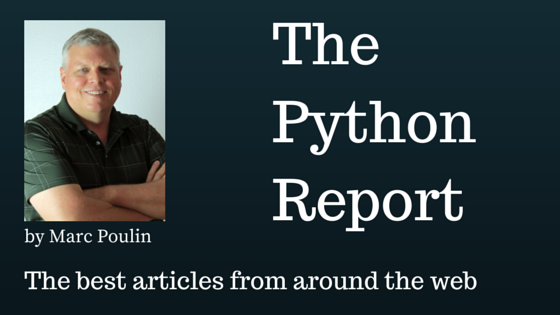Regular expressions (regex's) are a language for describing patterns in text. Although Python functions like string.startswith() and string.endswith() can search for fixed substrings, a regex can recognize string patterns where the exact value is not known.
Books
Mastering Regular Expressions (O'Reilly Publishing)
This is truly the only book you will ever need. A massive encyclopedia (over 500 pages) covering every aspect of regular expressions in all the major programming languages. Affiliate linkOnline Testers
Regex101
This is one of the best regular expression testers. It supports several regex dialects (PHP, JavaScript, and Python). You can build your expressions interactively and test them against sample text. Additional features include
- online regex reference guide
- display regular expressions in plain English
- display match groups
- automatically generate Python code for any regular expression
Command Line Tools
grep
Written 40 years ago, grep is one of the oldest regular expression tools. You can find free versions for all the major operating systems (Linux, Windows, Mac). With grep you can search through large amounts of text files using regular expressions to narrow your search. If you work with text files a lot, grep will probably end up being your main search tool. If you need a quick overview of grep's options, look at this short tutorial. Read the full article
Written 40 years ago, grep is one of the oldest regular expression tools. You can find free versions for all the major operating systems (Linux, Windows, Mac). With grep you can search through large amounts of text files using regular expressions to narrow your search. If you work with text files a lot, grep will probably end up being your main search tool. If you need a quick overview of grep's options, look at this short tutorial. Read the full article
awk
This command line tool is very similar to grep, but it's optimized for searching program files. It's written in Perl, which means you'll need to install Perl if you don't already have it on your system. Read the full article
This command line tool is very similar to grep, but it's optimized for searching program files. It's written in Perl, which means you'll need to install Perl if you don't already have it on your system. Read the full article
Puzzles and Games
RegEx Crossword
Test your regular expression skills! This is an online game similar to Sudoku, but all the clues are written as regular expressions. Start at the "beginner" level and see how far you can go. Play nowVideos
Python for Informatics : Regular Expressions
This 35 minute lecture is Lesson 11 in the Python for Informatics course by Charles Severance. Dr. Severance explains how to use the Python regular expression library to clean up "dirty" data. And he'll show you his tattoo. Watch the videoLibraries
Python "re" module
A detailed explanation of Python's standard "re" module with examples. Read the full article
